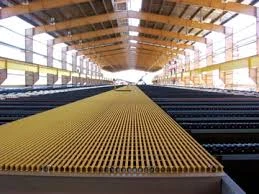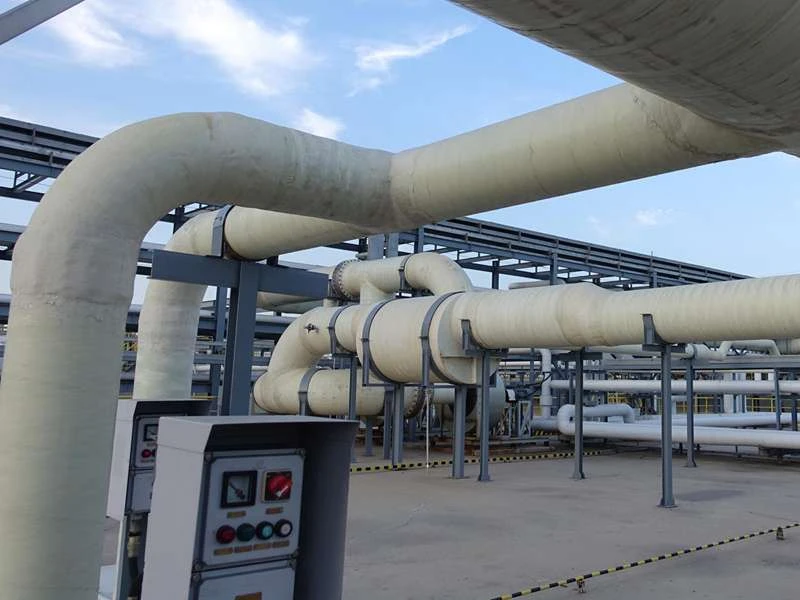
-
 Afrikaans
Afrikaans -
 Albanian
Albanian -
 Amharic
Amharic -
 Arabic
Arabic -
 Armenian
Armenian -
 Azerbaijani
Azerbaijani -
 Basque
Basque -
 Belarusian
Belarusian -
 Bengali
Bengali -
 Bosnian
Bosnian -
 Bulgarian
Bulgarian -
 Catalan
Catalan -
 Cebuano
Cebuano -
 China
China -
 China (Taiwan)
China (Taiwan) -
 Corsican
Corsican -
 Croatian
Croatian -
 Czech
Czech -
 Danish
Danish -
 Dutch
Dutch -
 English
English -
 Esperanto
Esperanto -
 Estonian
Estonian -
 Finnish
Finnish -
 French
French -
 Frisian
Frisian -
 Galician
Galician -
 Georgian
Georgian -
 German
German -
 Greek
Greek -
 Gujarati
Gujarati -
 Haitian Creole
Haitian Creole -
 hausa
hausa -
 hawaiian
hawaiian -
 Hebrew
Hebrew -
 Hindi
Hindi -
 Miao
Miao -
 Hungarian
Hungarian -
 Icelandic
Icelandic -
 igbo
igbo -
 Indonesian
Indonesian -
 irish
irish -
 Italian
Italian -
 Japanese
Japanese -
 Javanese
Javanese -
 Kannada
Kannada -
 kazakh
kazakh -
 Khmer
Khmer -
 Rwandese
Rwandese -
 Korean
Korean -
 Kurdish
Kurdish -
 Kyrgyz
Kyrgyz -
 Lao
Lao -
 Latin
Latin -
 Latvian
Latvian -
 Lithuanian
Lithuanian -
 Luxembourgish
Luxembourgish -
 Macedonian
Macedonian -
 Malgashi
Malgashi -
 Malay
Malay -
 Malayalam
Malayalam -
 Maltese
Maltese -
 Maori
Maori -
 Marathi
Marathi -
 Mongolian
Mongolian -
 Myanmar
Myanmar -
 Nepali
Nepali -
 Norwegian
Norwegian -
 Norwegian
Norwegian -
 Occitan
Occitan -
 Pashto
Pashto -
 Persian
Persian -
 Polish
Polish -
 Portuguese
Portuguese -
 Punjabi
Punjabi -
 Romanian
Romanian -
 Russian
Russian -
 Samoan
Samoan -
 Scottish Gaelic
Scottish Gaelic -
 Serbian
Serbian -
 Sesotho
Sesotho -
 Shona
Shona -
 Sindhi
Sindhi -
 Sinhala
Sinhala -
 Slovak
Slovak -
 Slovenian
Slovenian -
 Somali
Somali -
 Spanish
Spanish -
 Sundanese
Sundanese -
 Swahili
Swahili -
 Swedish
Swedish -
 Tagalog
Tagalog -
 Tajik
Tajik -
 Tamil
Tamil -
 Tatar
Tatar -
 Telugu
Telugu -
 Thai
Thai -
 Turkish
Turkish -
 Turkmen
Turkmen -
 Ukrainian
Ukrainian -
 Urdu
Urdu -
 Uighur
Uighur -
 Uzbek
Uzbek -
 Vietnamese
Vietnamese -
 Welsh
Welsh -
 Bantu
Bantu -
 Yiddish
Yiddish -
 Yoruba
Yoruba -
 Zulu
Zulu
Jan . 17, 2025 01:06
Back to list
fiber reinforced plastic tank
Choosing the right storage tank for industrial and commercial applications can significantly impact both efficiency and safety. One of the most innovative solutions available today is the fiber reinforced plastic (FRP) tank. Widely valued in industries such as chemical manufacturing, water treatment, and food processing, FRP tanks offer unique benefits while meeting demanding storage needs.
In terms of authoritativeness, numerous certifications and standards vouch for the credibility and quality of FRP tanks. They are often manufactured in compliance with global standards such as ASTM D3299 or ASME RTP-1, which govern the design, fabrication, and quality assurance of thermoset plastic tanks. These certifications guarantee that the manufacturing processes are rigorously controlled and that the tanks are suitable for their intended use. Another authoritative aspect comes from their application versatility. FRP tanks can be customized in shape, size, and design to accommodate various storage needs, whether for storing potable water, wastewater, chemicals, or food products. This flexibility, combined with the ability to handle both underground and above-ground installations, makes them a go-to option across a plethora of industries. For decision-makers prioritizing trustworthiness, it’s important to consider the global track record of FRP tanks. Many reputable companies and experts in the field attest to their reliability and performance, citing case studies where FRP tanks have successfully replaced failing metal tanks, leading to enhanced safety and operational efficiency. Testimonials from industries such as oil and gas or municipal water systems further underscore the trust placed in these tanks’ performance in critical applications. Overall, the seamless integration of durability, expert manufacturing, compliance with authoritative standards, and widespread trust in performance defines the essence of fiber reinforced plastic tanks. They are not merely a storage solution but a strategic investment for any industry seeking longevity, efficiency, and reliability in their storage systems. Embracing FRP technology equates to a commitment to advanced materials science, underscoring a forward-thinking approach to industrial storage challenges.


In terms of authoritativeness, numerous certifications and standards vouch for the credibility and quality of FRP tanks. They are often manufactured in compliance with global standards such as ASTM D3299 or ASME RTP-1, which govern the design, fabrication, and quality assurance of thermoset plastic tanks. These certifications guarantee that the manufacturing processes are rigorously controlled and that the tanks are suitable for their intended use. Another authoritative aspect comes from their application versatility. FRP tanks can be customized in shape, size, and design to accommodate various storage needs, whether for storing potable water, wastewater, chemicals, or food products. This flexibility, combined with the ability to handle both underground and above-ground installations, makes them a go-to option across a plethora of industries. For decision-makers prioritizing trustworthiness, it’s important to consider the global track record of FRP tanks. Many reputable companies and experts in the field attest to their reliability and performance, citing case studies where FRP tanks have successfully replaced failing metal tanks, leading to enhanced safety and operational efficiency. Testimonials from industries such as oil and gas or municipal water systems further underscore the trust placed in these tanks’ performance in critical applications. Overall, the seamless integration of durability, expert manufacturing, compliance with authoritative standards, and widespread trust in performance defines the essence of fiber reinforced plastic tanks. They are not merely a storage solution but a strategic investment for any industry seeking longevity, efficiency, and reliability in their storage systems. Embracing FRP technology equates to a commitment to advanced materials science, underscoring a forward-thinking approach to industrial storage challenges.
Related Products
Latest news
-
Exploring the Benefits of Top Hammer Drifter Rods for Enhanced Drilling PerformanceNewsJun.10,2025
-
High-Precision Fiberglass Winding Machine for GRP/FRP Pipe Production – Reliable & Efficient SolutionsNewsJun.10,2025
-
FRP Pipes & Fittings for Shipbuilding - Corrosion-Resistant & LightweightNewsJun.09,2025
-
Premium FRP Flooring Solutions Durable & Slip-ResistantNewsJun.09,2025
-
Premium Fiberglass Rectangular Tanks Durable & Lightweight SolutionNewsJun.09,2025
-
Tapered Drill String Design Guide Durable Performance & UsesNewsJun.09,2025









